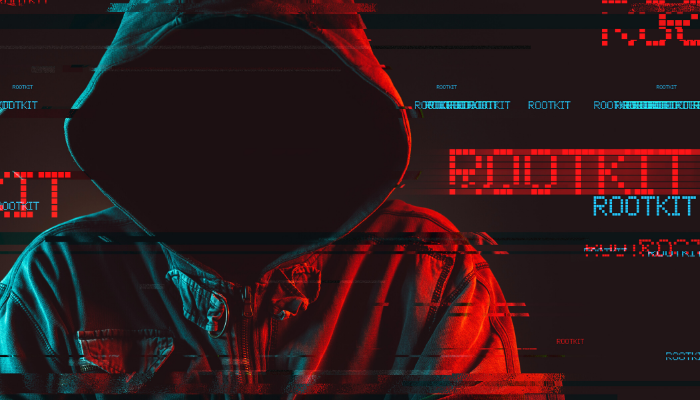
Remote hacking has been on the rise ever since the COVID-19 crisis changed the work environment settings for many companies and organizations. Hackers are known to use various malicious remote control tools to gain access to vulnerable networks and systems.
Among these tools are rootkits. Though rootkits do not technically fall under the umbrella of malware, rootkits work very similar to malware in that they run on a system without restrictions and usually work to steal data and take over accounts.
Rootkits are also a means to deploy malware on a target computer and can also be used to open a backdoor to gain repeated access into a system. Like backdoors, their main purpose is to grant hackers unauthorized access to a computer or certain software/programs.
While there are various types of rootkits that hackers use such as rootkits, user-mode, and firmware rootkits, this blog post will focus on the ways in which hackers use rootkits to evade detection for their malicious activity.
> Hide Files and Directories
Hackers use rootkits to improve stealth capabilities in malware so that while it exploits weaknesses within a network, it goes undetected by traditional security tools.Because malware typically leaves traces behind with computer files and system directories, hackers can use rootkits to hide this evidence. Clever hackers may even replace legitimate OS executables with versions containing Trojans in order to impose more damage on the target system.
> Hide Logins

One of the main functions of a rootkit operating within a compromised system is to conceal future logins by an attacker. In user-mode rootkits, hackers can also disguise modification times and user logins by changing system binaries, including size, date, and more.
This is important for hackers because hackers want to gain repeated access for many reasons. For example, if they use a rootkit known as TDSS that goes after personal data such as credit card data, online bank accounts, passwords, Social Security numbers, then it’s obviously a gain for them if they can continuously come back without restrictions.
> Hide Remote Connections

As mentioned, rootkits can be used by hackers for remote access and eavesdropping (e.g. sniffing packets from the network). Among the various types of rootkits, hackers can use rootkits that contain additional software for carrying out further attacks.
Common rootkit components already have built-in features that can not only be modified to hide files and processes but also hide remote connections. To hijack remote connections, hackers use rootkits to exploit the netstat command.
Netstat is a command-line network tool that comes in handy for troubleshooting. This command displays the IP addresses of the networks which have been connected with the target computer recently. That gives hackers eyes on the remote connections so that they can target other vulnerable computers on the network.
What You Can Do About Malicious Rootkits
Rootkits have a negative connotation and because when they are used outside a company or organization, they pose serious risks to the network. Detecting and removing rootkits is a complicated process and may require the complete reinstallation of an operating system.
Nevertheless, rootkits exist and are a reminder for companies and organizations to practice the best cybersecurity measures when their employees or staff or working remotely.
This includes continuous traffic monitoring. By monitoring traffic, companies and organizations can prevent unauthorized users from installing malicious software and preventing rootkits from accessing the network.
Another good practice is to only allow authorized users to access certain files. Cloudbric’s Remote Access Solution, for example, can prevent hacking attempts and block off malicious actors before ever obtaining access.
Using advanced detection capabilities, Cloudbric monitors traffic and identifies hackers who try to input any malicious codes or file and hence acts as a preemptive tool to cut off popular types of malware, such as ransomware, adware, rootkit, spyware, worms and more.
Read more about the importance of hack prevention.





